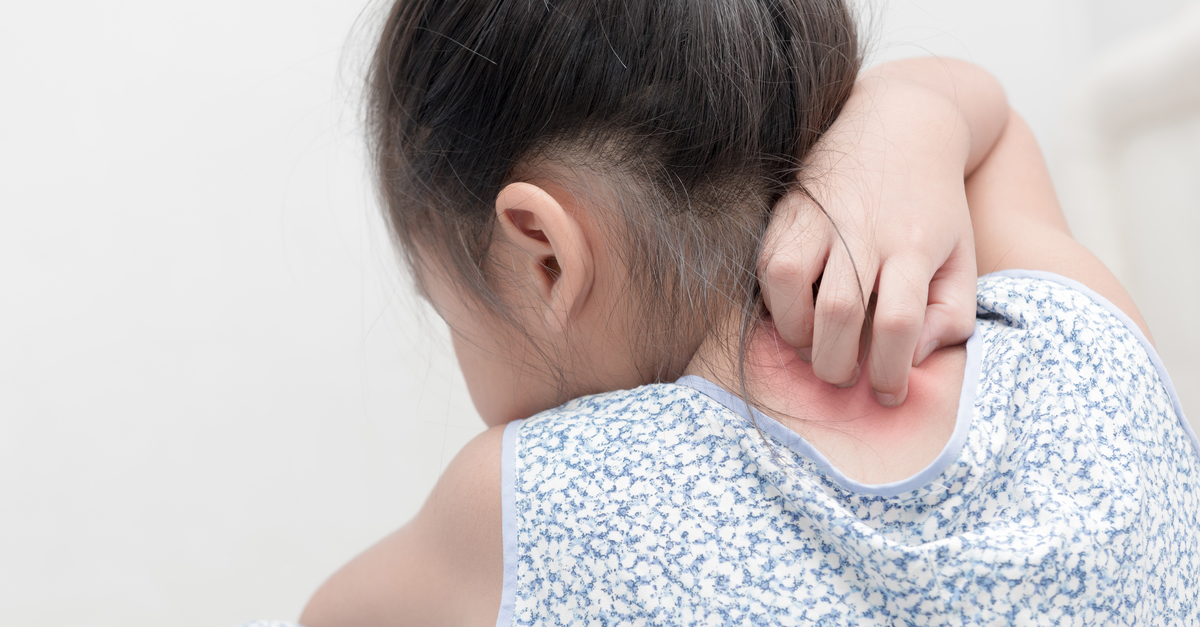

For adolescents with atopic dermatitis, or eczema, the burden of illness is high and caregivers face many challenges, according to Dr. Neil Shear, president of the Canadian Dermatology Association.
“We’re trapped in a qualitative division of mild, moderate and severe, which doesn’t make sense,” said Shear during Benefits Canada’s 2019 Chronic Disease at Work conference in Toronto on June 5. “The stuff we define as moderate in psoriasis and atopic dermatitis is actually pretty severe.”
Eczema is one of the most commonly encountered childhood inflammatory diseases, said Dr. Shear, noting patients with skin diseases often have co-morbidities. “The patients I see who have inflammatory bowel disease and also atopic dermatitis say they have good and bad days with their IBD, but their skin disease is always there. It doesn’t go away.”
Read: Psoriasis – A look below the surface
He introduced the audience to Shear’s Triangle, a diagram that shows how inflammation, itch and infection are all connected in the context of atopic dermatitis. “When you stop the itch and burning, you stop the scratching. Scratching opens up the skin to staph infections.”
In a study Dr. Shear conducted, eczema patients’ skin was gently touched with a swab and sent to the lab. The results showed 95 per cent of these patients had staph infections. “If you ask a patient with atopic dermatitis if they itch, it doesn’t capture . . . we don’t have a word for what they feel. It feels like you’re on fire.”
Referring to another study, Dr. Shear said the majority of atopic dermatitis patients who participated experienced loss of sleep. “The burden on an adolescent with atopic dermatitis’s quality of life is comparable to that of psoriasis, cystic fibrosis and renal disease. It’s worse than diabetes or acne.”
Read: Using biologics to help workers with inflammatory conditions
The same study found 20 per cent of adolescent eczema patients have missed school specifically due to their condition, he added, noting atopic dermatitis contributes to social isolation and increased self-consciousness. Indeed, it found 30 per cent of adolescents with this condition had difficulty participating in sports or physical activity; 21 per cent avoided social activities; and 14 per cent were victims of bullying. In addition, 30 per cent of adolescent eczema patients experienced anxiety related to their condition and 15.5 per cent reported suicidal ideation.
Studies have also shown the burden on caregivers, noted Dr. Shear. “Some of this contributes to absenteeism, because parents have to look after their child, but there’s also presenteeism because they’ve been up all night with their child.”
The multi-dimensional challenges faced by caregivers amplifies the burden of adolescent atopic dermatitis, he added, referring to a study that found 23 per cent of caregivers had little or no time for social activities or intimacy; 25 per cent were depressed; 29 per cent had little or no time for physical activity; 55 per cent experienced loss of sleep; 63 per cent had physical, mental or emotional stress; and 69 per cent reported anxiety.
As well, 30 per cent of caregivers said they experience financial challenges, said Dr. Shear. Indeed, 86.5 per cent reported missing at least one day of work per week. “The percentage of costs paid by these caregivers may exceed costs due to diseases such as asthma, food allergy or diabetes.”
Read more articles from the 2019 Chronic Disease at Work conference.
